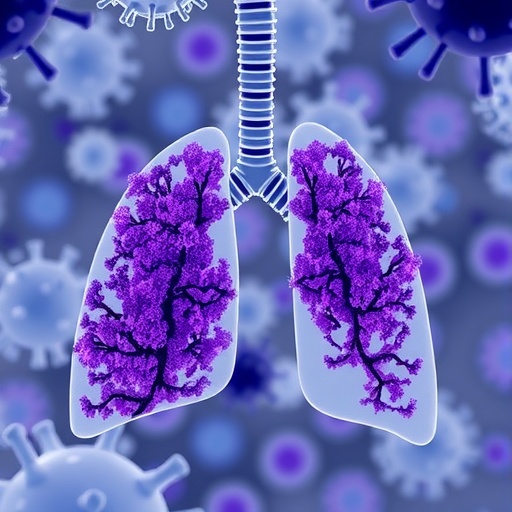Increase greater in urban than rural areas, FAIR Health study finds
NEW YORK, NY–July 23, 2019–From 2014 to 2018, private insurance claim lines for non-hospital-based provider-to-patient telehealth grew 1,393 percent, according to a new white paper on telehealth from FAIR Health, a national, independent nonprofit organization dedicated to bringing transparency to healthcare costs and health insurance information. The study draws on data from FAIR Health’s comprehensive repository of over 29 billion private healthcare claim records–the largest in the country.
This was a greater increase than for all other types of telehealth studied and for telehealth overall. The increase was greater in urban than rural areas. Claim lines for non-hospital-based provider-to-patient telehealth increased 1,227 percent in urban areas, 897 percent in rural areas.
The four types of telehealth–the remote provision of clinical services through telecommunications technology–studied in the white paper were:
- Provider-to-patient-non-hospital-based telehealth. The provider and the patient communicate via telehealth without relation to a hospital. For example, a patient who is home and has not had a recent hospitalization has a video chat with a provider to show his or her rash.
- Provider-to-patient-discharge telehealth. The telehealth visit is a follow-up after the patient is discharged from an inpatient stay in the hospital.
- Physician-to-patient-emergency department (ED)/inpatient telehealth. The patient is in the hospital, whether in the ED or as an inpatient, communicating via telehealth with a physician.
- Provider-to-provider telehealth. The telehealth exchange involves consultation between healthcare professionals.
The telehealth white paper expands on a previous FAIR Health white paper that reported on telehealth and other alternative venues of care, such as urgent care centers and retail clinics. The new white paper provides additional details, delving into the different types of telehealth, the most common telehealth diagnostic categories and what happens to patients after a telehealth visit.
Among the findings of the new study:
- Claim lines related to telehealth overall grew 624 percent from 2014 to 2018.
- In 2018, non-hospital-based provider-to-patient telehealth accounted for 84 percent of all telehealth claim lines, compared with 52 percent in 2014.
- In the period 2014-2018, the age group most associated with telehealth overall was that of individuals age 31-40, who accounted for 21 percent of the distribution of all telehealth claim lines. But most of the claim lines (82 percent) for discharge-related provider-to-patient telehealth were associated with individuals 51 and older.
- Sixty-five percent of all telehealth claim lines in the period 2014-2018 were associated with females. But for telehealth visits associated with a hospital discharge, 53 percent of claim lines were submitted for females.
- The top three reasons individuals sought treatment from a provider via non-hospital-based telehealth, from most to least common, were acute upper respiratory infections, mood (affective) disorders, and anxiety and other nonpsychotic mental disorders.
- In 2018, the telehealth diagnosis with the highest rate of patients who had an in-person visit within 15 days of a non-hospital-based provider-to-patient telehealth visit for the same or a very similar diagnosis was heart failure.
Dr. Martin A. Makary, Chief of Islet Transplant Surgery and Professor of Surgery at Johns Hopkins, stated: “FAIR Health has released an excellent study of an emerging type of care and its impact on the healthcare landscape. The analysis reveals aspects of telehealth that have not previously been studied in this level of detail.”
FAIR Health President Robin Gelburd commented: “As telehealth continues its rapid growth, we are pleased to use our unparalleled data repository to uncover layers that have been difficult to study. We offer the information in this report for the benefit of all healthcare stakeholders with an interest in the emergence and contours of telehealth.”
###
For the complete telehealth white paper, click here.
Follow us on Twitter @FAIRHealth
About FAIR Health
FAIR Health is a national, independent nonprofit organization dedicated to bringing transparency to healthcare costs and health insurance information through data products, consumer resources and health systems research support. FAIR Health possesses the nation’s largest collection of private healthcare claims data, which includes over 29 billion claim records contributed by payors and administrators who insure or process claims for private insurance plans covering more than 150 million individuals. FAIR Health licenses its privately billed data and data products–including benchmark modules, data visualizations, custom analytics and market indices–to commercial insurers and self-insurers, employers, providers, hospitals and healthcare systems, government agencies, researchers and others. Certified by the Centers for Medicare & Medicaid Services (CMS) as a national Qualified Entity, FAIR Health also receives data representing the experience of all individuals enrolled in traditional Medicare Parts A, B and D; FAIR Health houses data on Medicare Advantage enrollees in its private claims data repository. FAIR Health can produce insightful analytic reports and data products based on combined Medicare and commercial claims data for government, providers, payors and other authorized users. FAIR Health’s systems for processing and storing protected health information have earned HITRUST CSF certification and achieved AICPA SOC 2 compliance by meeting the rigorous data security requirements of these standards. As a testament to the reliability and objectivity of FAIR Health data, the data have been incorporated in statutes and regulations around the country and designated as the official, neutral data source for a variety of state health programs, including workers’ compensation and personal injury protection (PIP) programs. FAIR Health data serve as an official reference point in support of certain state balance billing laws that protect consumers against bills for surprise out-of-network and emergency services. FAIR Health also uses its database to power a free consumer website available in English and Spanish and an English/Spanish mobile app, which enable consumers to estimate and plan for their healthcare expenditures and offer a rich educational platform on health insurance. The website has been honored by the White House Summit on Smart Disclosure, the Agency for Healthcare Research and Quality (AHRQ), URAC, the eHealthcare Leadership Awards, appPicker, Employee Benefit News and Kiplinger’s Personal Finance. FAIR Health also is named a top resource for patients in Elisabeth Rosenthal’s book An American Sickness: How Healthcare Became Big Business and How You Can Take It Back. For more information on FAIR Health, visit fairhealth.org.
Media Contact
Dean Sicoli
[email protected]
https:/




